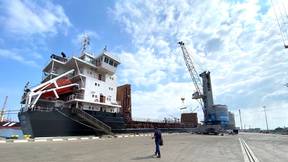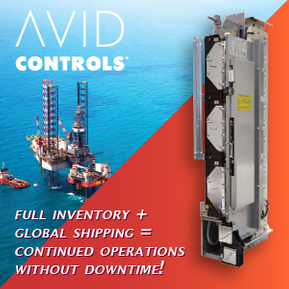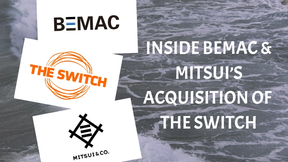Recruiting Gen Z in the Marine Industry
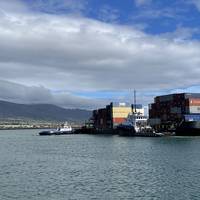
Who is Gen Z?Generation Z, according to the Pew Research Center, are the people born between 1996 and 2012. Gen Z is vastly different from previous generations. Some of the issues that have affected their perspective on life are COVID-19, the Great Recession and school shootings. They believe that stability is difficult to achieve and that worry and anxiety are at the center of their lives. They don’t necessarily see a world full of possibilities and success.They spend 3 hours…
Norway Eyes Sea Change in Deep Dive for Metals Instead of Oil
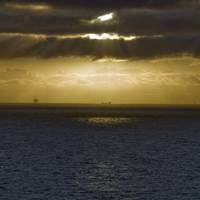
Norway's oil and gas reserves have made it one of the world's wealthiest countries but its dreams for deep-sea discovery now center on something different.This time, Oslo is looking for a leading role in mining copper, zinc, and other metals found on the seabed and in hot demand in green technologies.Norway could license companies for deep-sea mining as early as 2023, its oil and energy ministry told Reuters, potentially placing it among the first countries to harvest seabed metals for electric vehicle batteries…
Insights: Jennifer Carpenter, AWO President & CEO

Jennifer A. Carpenter serves as President & CEO of The American Waterways Operators (AWO), the national trade association representing the inland and coastal tugboat, towboat and barge industry. Carpenter joined AWO in August 1990 and became President & CEO in January 2020. Before assuming her current position, she worked her way up the hawsepipe from Government Affairs Assistant to Executive Vice President & Chief Operating Officer, holding a series of progressively responsible positions including Manager-Regulatory Issues…
Maritime Cyber Security: Good, Better & Best

As an industry that spends a great amount of its resources procuring and sending data in order to operate, the maritime industry is an attractive target for cyber criminals. Due to the remote locations of vessels and limited staff aboard ships and rigs, organizations and their offshore vessels and platforms are often ill equipped to ward off cyber threats. The cost and repercussions of a breach can be extensive in terms of both money and crew safety. According to a recent study, the cost of cybercrime has even surpassed that of drug crime.
Idling Container Fleet Continues to Surge
Carriers are intensifying their capacity-withdrawal activity, with November seeing a big rise in the number of idle containerships, says Drewry Maritime Research. The size of the idle fleet swelled by 52% from October to November to reach 900,000 teu, the largest monthly total since early 2010 following the market crash of 2009. Idle tonnage now accounts for 4.6% of the world’s fleet, which is still some way off the peak of around 11% seen at the end of 2009. For clarification, Drewry classifies a ship as idle when it has been stationary for a minimum of 14 days. So-called missed voyages do not count because these vessels continue to sail without calling at ports so that they can be easily fitted back into the schedule.
The History of Offshore Energy
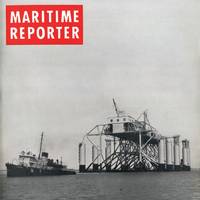
Offshore exploration is a history of man v. Prospecting for oil is a dynamic art. From a lake in Ohio, to piers off the California coast in the early 1900s, to the salt marshes of Louisiana in the 1930s, to the first “out-of-sight- of-land” tower in 1947 in the Gulf of Mexico, the modern offshore petroleum industry has inched its way over the last roughly 75 years from 100 ft. of water ever farther into the briny deep, where the biggest platform today, Shell’s Perdido spar, sits in 8,000 ft. of water. As a planet, we have two unquenchable thirsts – for water and for oil.
JW Fishers ROV's Provide 'In Depth' Solutions
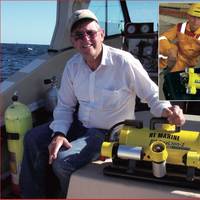
US-based ROV provider, JW Fishers, report its Sea Otter ROV's go deep for government & industry. The company report that many and varied organizations are acquiring ROVs to assist in their underwater operations. These highly maneuverable remote operated vehicles perform a variety of tasks at depths of 1,000 feet or more. Deploying an ROV instead of a diver can reduce the cost and increase the safety of any search or inspection operation. One of the tools helping the US Army Corps of Engineers in its inspection and maintenance operations is Fishers SeaLion ROV.
Archaeologists Go Deep to Uncover History
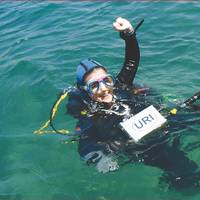
Many universities are adding or expanding their underwater archaeology programs in an effort to give students a broader educational experience and a better understanding of our maritime history. The field of underwater archaeology is expanding rapidly as the equipment required for marine exploration becomes more affordable, and more scientists and researchers learn to scuba dive. Indiana University (IU) Bloomington has one of the oldest academic diving programs in the country.


